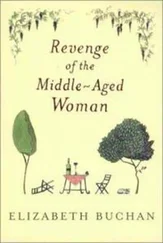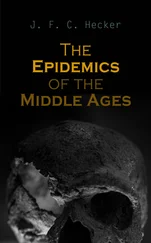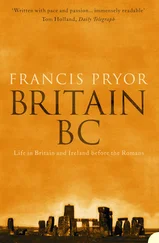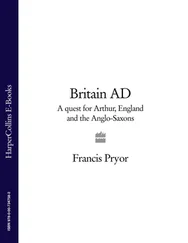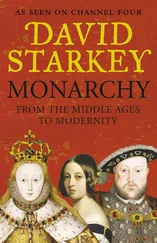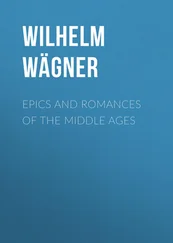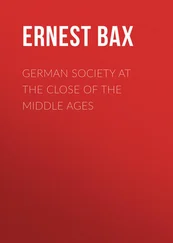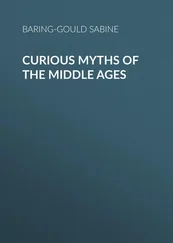Historians generally end the Middle Ages with the Battle of Bosworth (1485), whereas archaeologists, who, Paul Stamper believes, are more attuned to the material world, tend to continue it for another half-century, into the 1540s and the Dissolution of the Monasteries by Henry VIII. Again, some historians and many lay people see the Middle Ages as starting with the Norman Conquest, but I want to extend them back in time to include the earliest kingdoms of Saxon England and the Scandinavian (Viking) presence. I also want to bridge the gap between the world of written history and that historical (but not archaeological) twilight zone the Dark Ages, which had certainly come to an end by AD 650. The Synod of Whitby, which sorted out the direction the Church in Britain would take for the next millennium, took place in 664. It also makes little sense to ignore the early-tenth-century survey and reapportionment of the countryside – one of medieval archaeology’s most important contributions to the study of the period. This great survey, which happened in the decades after 900, provided the essential framework for subsequent developments.
The term ‘Middle Ages’ suggests a time between two other ages which were marked by major social and cultural advances. Being betwixt and between, the Middle Ages are often portrayed as a period when nothing much happened. As I researched this book I realised that this is very far from the truth. I am in no doubt that the centuries of the Middle Ages were the time when the modern world was actually conceived and started the process of development, at first slowly, but latterly with gathering pace. This was when Britain moved from the realms of Late Antiquity into a more familiar world: roads and parishes became fixed; institutions such as the Church and local government came into being and industry became truly industrial, with manufacturing starting to be organised on a national basis. Midway through the period international trade had become routine.
For too long the Middle Ages have been portrayed as a period of slow progress, characterised by feudalism and superstition. Certainly that was the impression I gained at school. Industry was seen as small in scale, farming was held back by the manorial system, and life in town was hidebound by guilds and, of course, the repressive power of the Church. More recently, archaeology has shown that the Middle Ages were far from static. The Church did not exert a dead hand. There was real progress, which happened remarkably swiftly. The latest archaeological evidence shows beyond any doubt that Britain was an integrated part of Europe in the four centuries before the Norman Conquest. This has been a major revelation that I will discuss at some length in the first three chapters of this book. It seems now that the Reformation and the Renaissance were natural processes that had to happen if the progress made in the medieval period was to continue.
I am not alone in bemoaning some current perspectives on the Middle Ages which see the period as somehow irrelevant to the modern world because (it is said) very little actually changed. This view has it that the developments that were to lead to the modern world took place during and after the Renaissance. As I hope this book will show, nothing could be further from the truth. However, despite those reasons to the contrary, I shall continue to use the term ‘Middle Ages’, because it’s a label that has stuck, and besides, my term ‘Middle Modern’ has too many ‘M’s and is confusingly similar to the one it tries to replace.
I have mentioned some of the theoretical differences between archaeology and history, but now I want to address a practical issue arising from these contrasts. It concerns the organisation and layout of this book. While our knowledge of the documentary sources relating to Britain before the Norman Conquest remains essentially static, new archaeological discoveries are having a very profound effect on our understanding of the Middle and Late Saxon periods.
The four centuries prior to 1050 are known as the Middle (650–850) and Late (850–1066) Saxon periods, which I will sometimes lump together in the deliberately vague ‘Later Saxon’. The term ‘Saxo-Norman’ is also sometimes used to describe the overlap between Late Saxon and early Norman in the mid-to-late eleventh century. As I have already suggested, it is now appreciated that the first four hundred years of the medieval period were fundamental to the development of British society in the Middle Ages. It was the time when Britain acquired its county system and its basic administrative geography. It was the time, too, when English became the accepted language in the most populated areas. It was, of course, also the period of the Vikings, who we must now see as far more than the rapists and pillagers in horned helmets beloved of movie-makers. For me the story of Later Saxon and Saxo-Norman Britain is as exciting as archaeology gets, because it is currently going through a period of major reappraisal. Turmoil might be a better term. Nothing seems beyond dispute, whether it be the role of the Vikings or Britain’s place within Charlemagne’s Europe. The more we understand about Viking Britain and the earliest England, the more we realise that their inhabitants did not dwell in Little Britain. They were part of a far larger world.
These are the reasons why I have decided that this book will depart from the usual convention of dismissing Saxon Britain in a chapter, before devoting the rest of the text to the high Middle Ages. Instead I have divided the medieval period into two Parts (I and II) of four and five centuries each. Part I will mainly be about Britons, Scots, Saxons and Vikings; Part II will be about aspects of town and country in the Middle Ages which are separated from the Saxon period by the Norman Conquest of 1066. I have attempted to be fair in the way I have apportioned chapters. But when it came to writing the book I was forcibly struck by the fact that there was far more interesting new material emerging about the pre-Norman, or Saxon, periods than about the Middle Ages. Furthermore, as much of this new work is taking place in southern Britain the book will, I am sorry to say, be biased towards the south and east in its geographical coverage. I regret this, but as I shall reiterate from time to time, this is not a textbook. I want it to reflect the way ideas are changing. The new information about Later Saxon England is having a profound effect on the way we view what happened later. So it cannot be ignored. As a result, the first four chapters are slightly longer than the following four.
While I was writing I became increasingly aware that the archaeology of buildings was a major new field in its own right. Today it involves detailed drawings, but also techniques of remote sensing that range from digital photography to enhanced forms of computer-aided design. I would very much have liked to discuss this in the pages that follow, and I must confess that I tried to put something on paper, but sadly none of it worked. I simply lacked the necessary hands-on experience to write with any conviction. So rather than fake it, I decided to leave it out.
Another important development has been the study of medieval woodworking and carpentry. I was introduced to this subject by my wife Maisie Taylor, who had begun to research the development of Bronze Age carpentry joints we encountered at Flag Fen. So she invited the leading expert on medieval carpentry, Cecil Hewitt, to come and see them. At the time he was recovering from a stroke, but even with slightly impaired speech he managed to give us one of the most exciting and rewarding days of our professional lives. Cecil’s excitement knew no limits, and was instantly transferred to both of us. The great man made us both look at our Bronze Age timbers through fresh eyes. What I didn’t know then was that Hewitt’s work was just one aspect of a rapidly growing new field of study which I will briefly touch on in Chapter 7.
Читать дальше


